When the world began, there was one kind of seed - wild seed. Working within natural law, humans created a second kind - heirloom seed. It is critical to understand that there was nothing unnatural about these seeds. No natural laws were manipulated, and these seeds did nothing that Mother Nature was not already doing (using isolation to create an evolution of traits).
Working within natural law, humans created a second kind - heirloom seed. It is critical to understand that there was nothing unnatural about these seeds. No natural laws were manipulated, and these seeds did nothing that Mother Nature was not already doing (using isolation to create an evolution of traits).
Wild and heirloom seeds were the only kind that existed until the early 1900’s, when humans used brand-new science to create a third kind of seed - hybrids. Hybrids are purposefully made to be unstable or sterile. In their beginning stages, all heirloom seeds were once first generation (F1) hybrids, but growers worked for years to make them stable for the benefit of all humankind. Hybrids (unstable seeds) marked the first time in human history that vegetable seeds could not be saved by the gardener to grow more true seeds, forcing families to buy seeds every year instead of growing their own. The success of hybrid seeds was only possible by another new invention - corporate marketing.
Consumers, who initially rejected hybrid seeds, had to be convinced (some might say tricked) to give away the right to grow their own seeds, as all humans had done throughout history until this moment. Using a lie of omission (“hybrid seeds are better!”) the marketing campaign has worked. What the ads didn’t tell you was that there is nothing a hybrid can do that an open-pollinated (heirloom) seed can’t do. The only difference between a hybrid seed and an open-pollinated (heirloom) seed is the work and years (typically a decade) required to stabilize the seed. In addition, hybrids could not exist without open-pollinated seeds. Every hybrid had open-pollinated ancestors.
Today, genetically modified seeds are created in laboratories. This is done by performing a kind of surgery, only recently possible, on the DNA of the seeds. In 2013, scientists announced they had a living sheep that glowed in the dark. The genes of the sheep embryo had been manipulated to add DNA material from jellyfish, which naturally glow in the dark. The work was complex and expensive, but the result was startling and historic - a living sheep that glows in the dark (today those scientists have a small flock). There is nothing natural about it. A sheep would never be able to mate with, and thus cross genes with, a jellyfish. But for humans, the only barrier to manipulating Mother Nature is cash. With enough money, only time will tell if there are limits and natural consequences. With that door opened, scientists have now created living cats, rabbits, pigs, dogs, monkeys, and fish which all glow in the dark with the same genetic splicing.
Seeds are also genetically modified by applying chemicals which damage the DNA of the seed. This is how seedless watermelons are created. Monsanto pioneered genetically manipulated seeds. They had already created the hugely popular Roundup chemical which kills whatever plants you spray it on. Monsanto decided they could make huge amounts of cash if they genetically engineered corn and other vegetables so that you could spray them with Roundup and kill everything in the field except the GMO corn, soybeans, and others. Today, this Roundup-Ready corn is widely grown. Airplanes come in and douse the field with RoundUp. Everything natural dies. The only thing that lives is the unnatural, genetically modified corn. Only wild or heirloom (open-pollinated) seeds can be used to grow and save seeds. Our food supply MUST remain in the public domain.


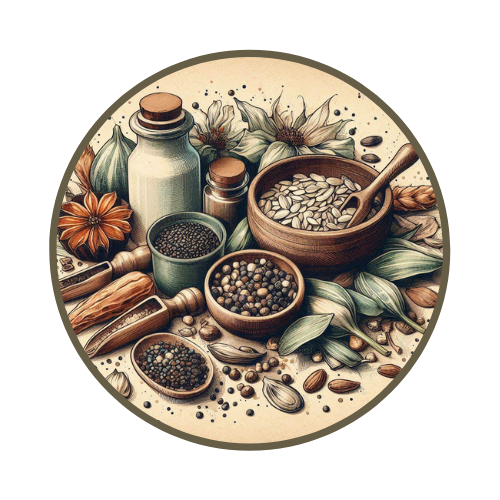
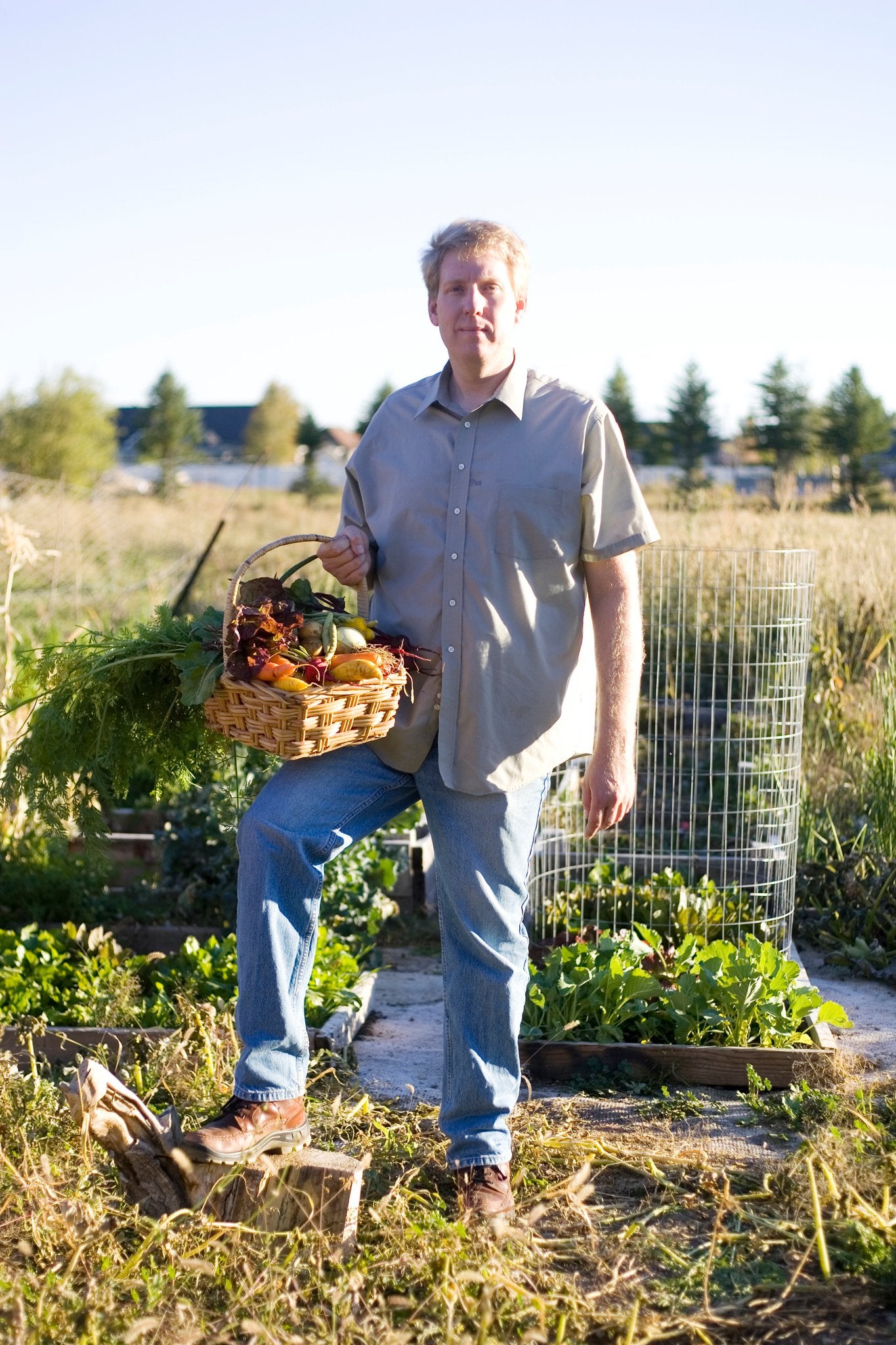
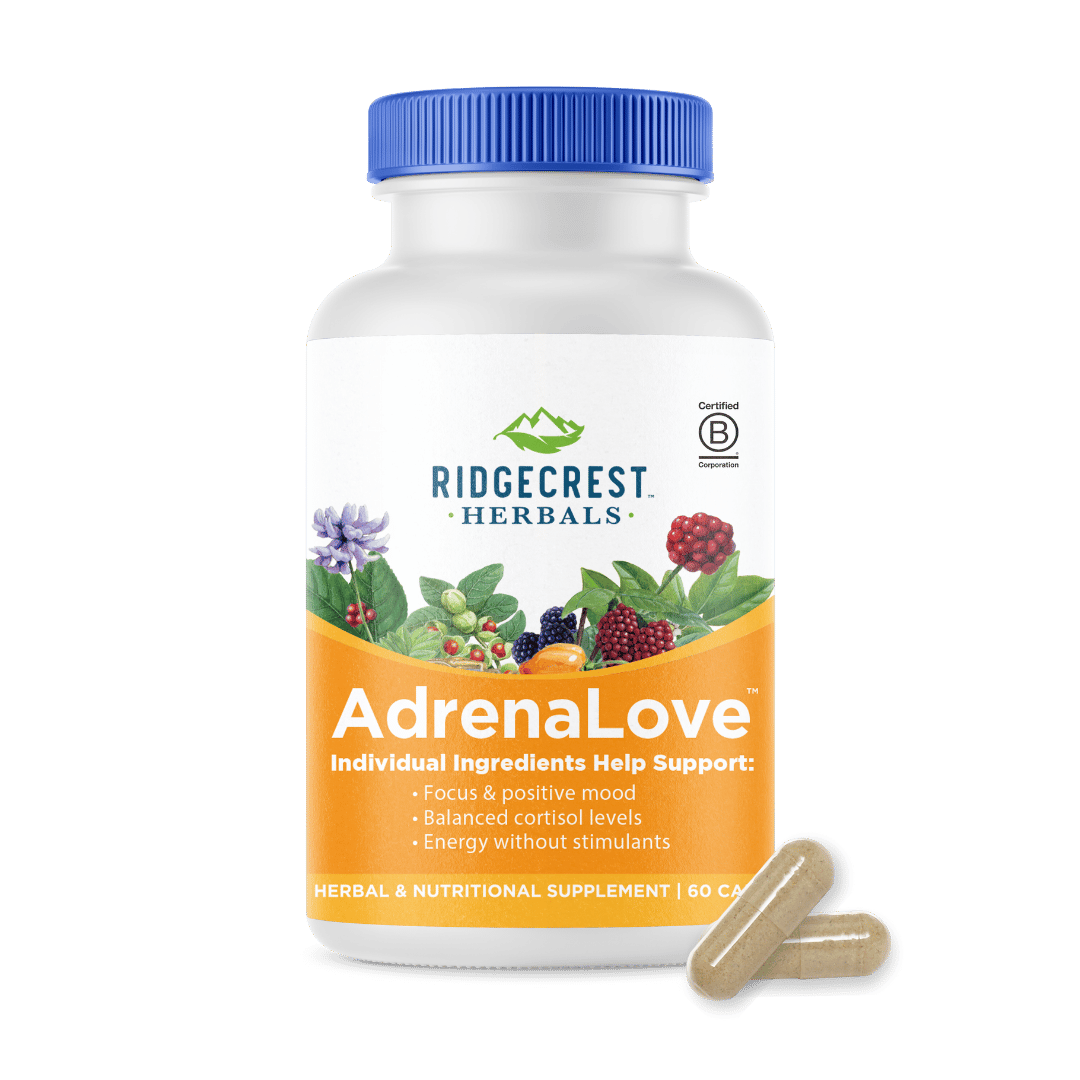
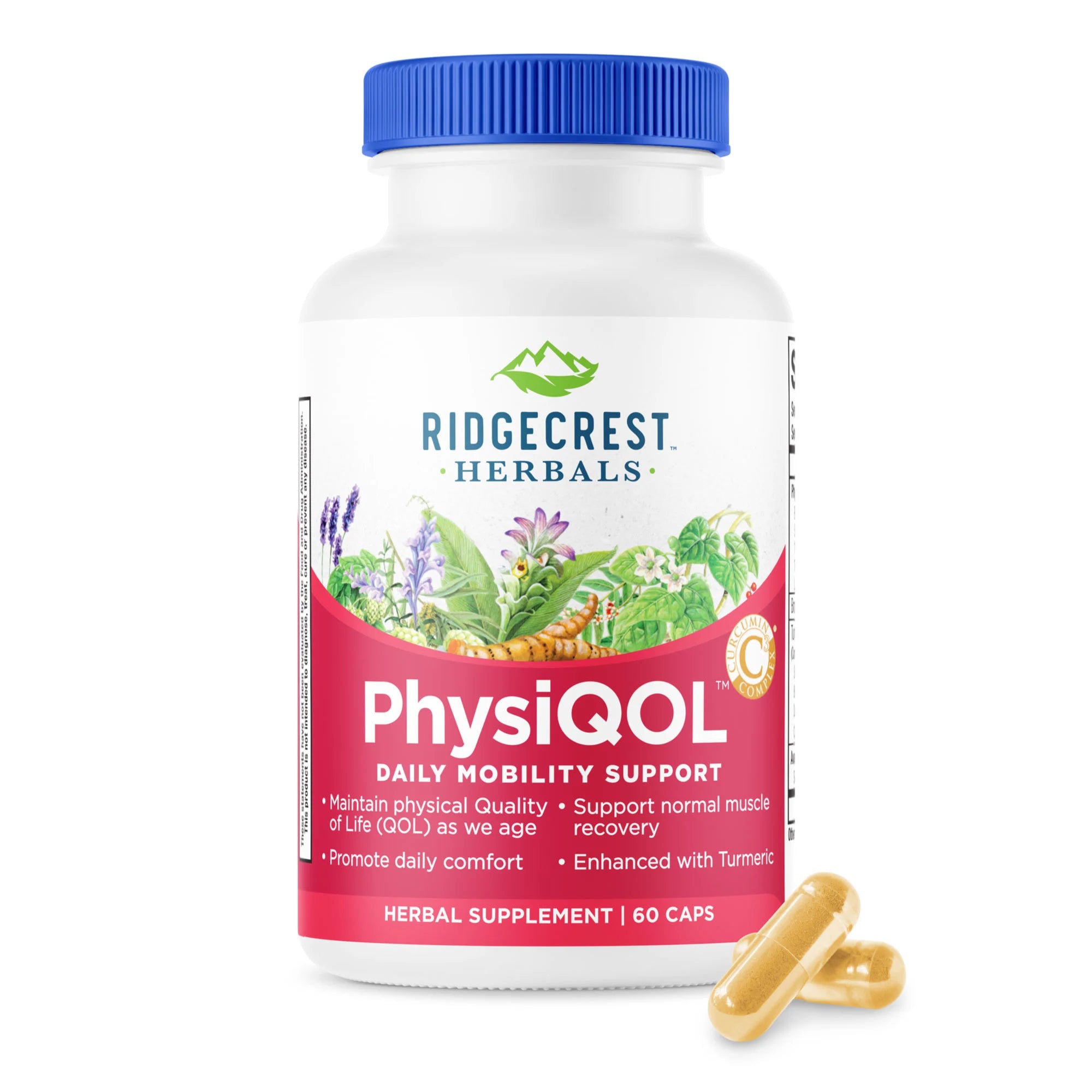
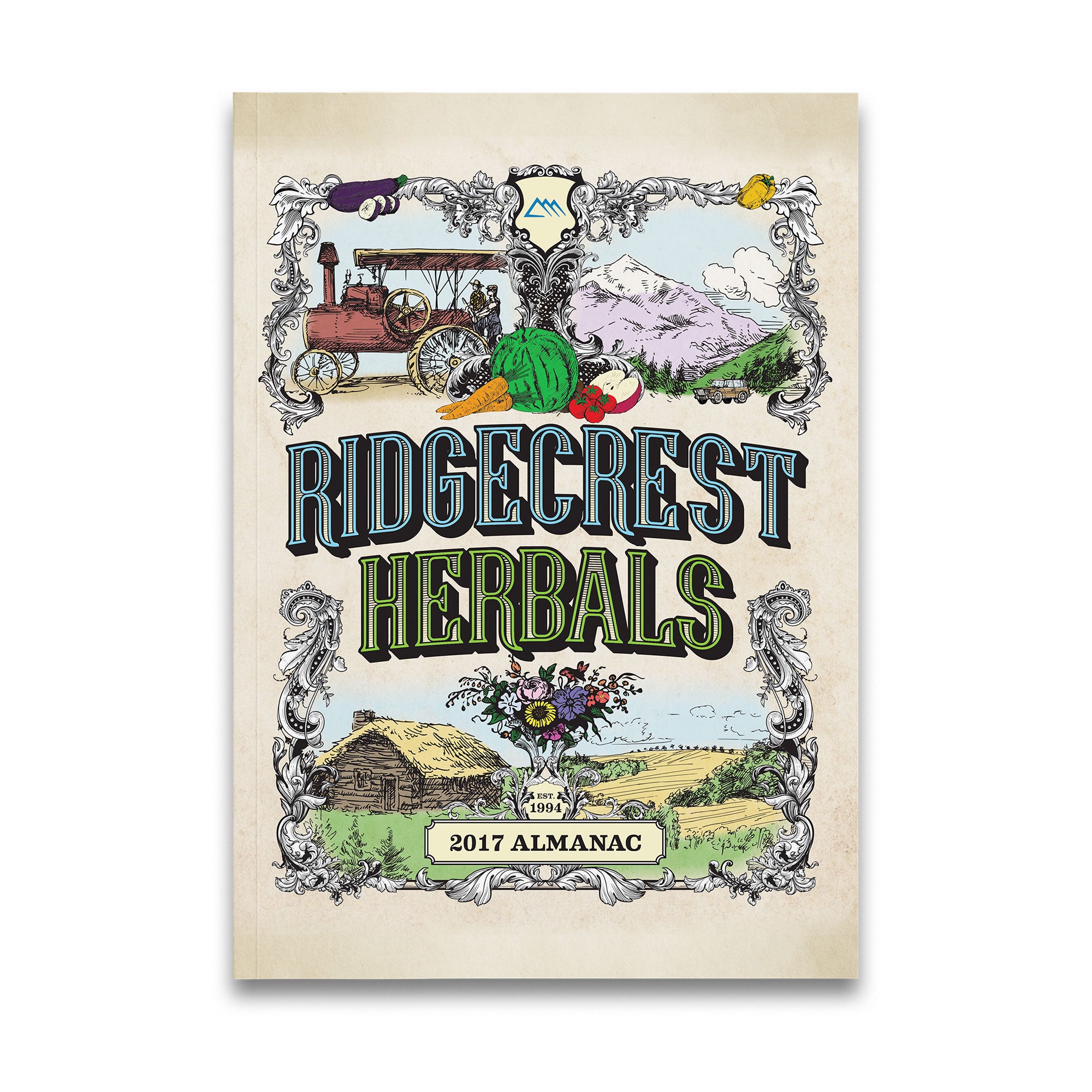
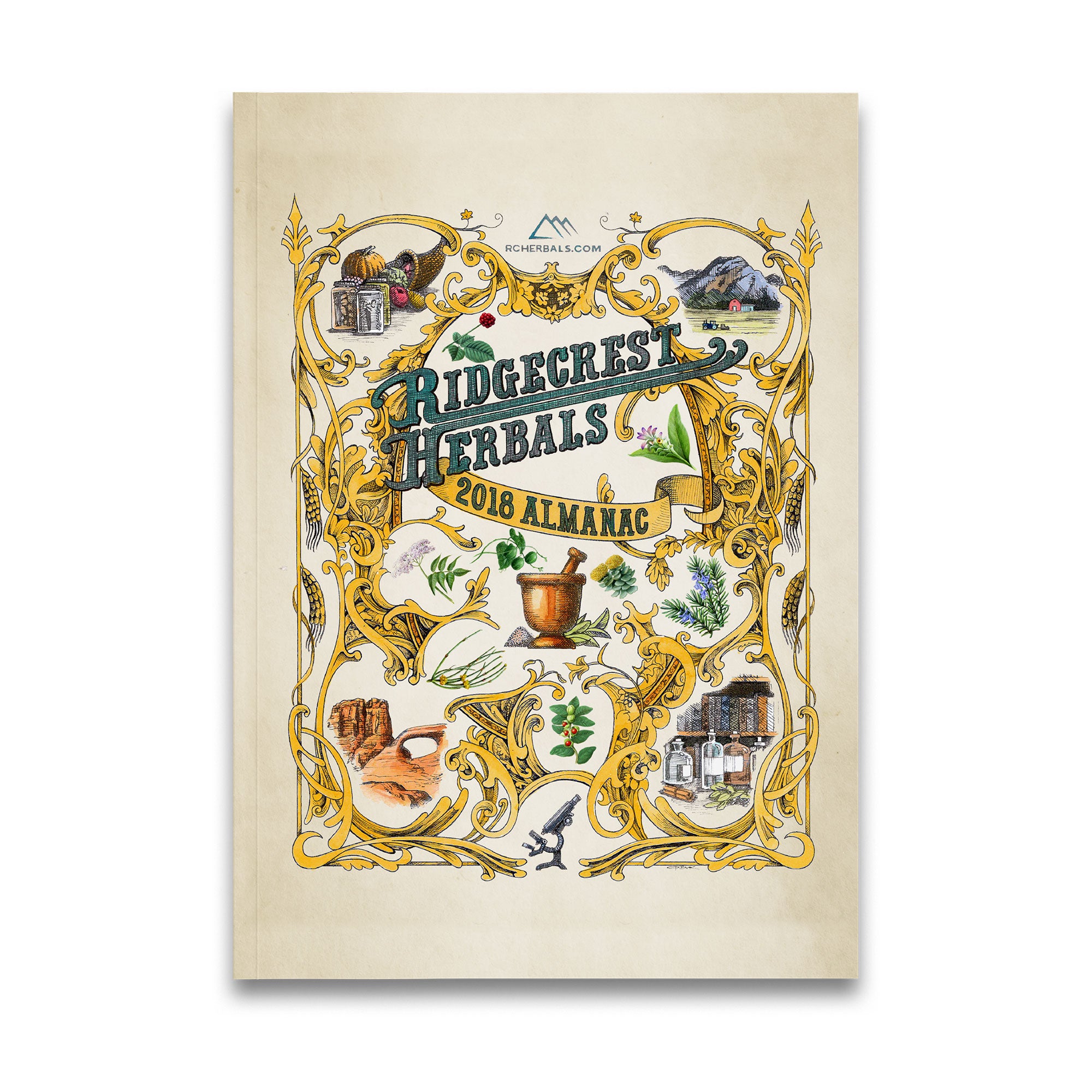
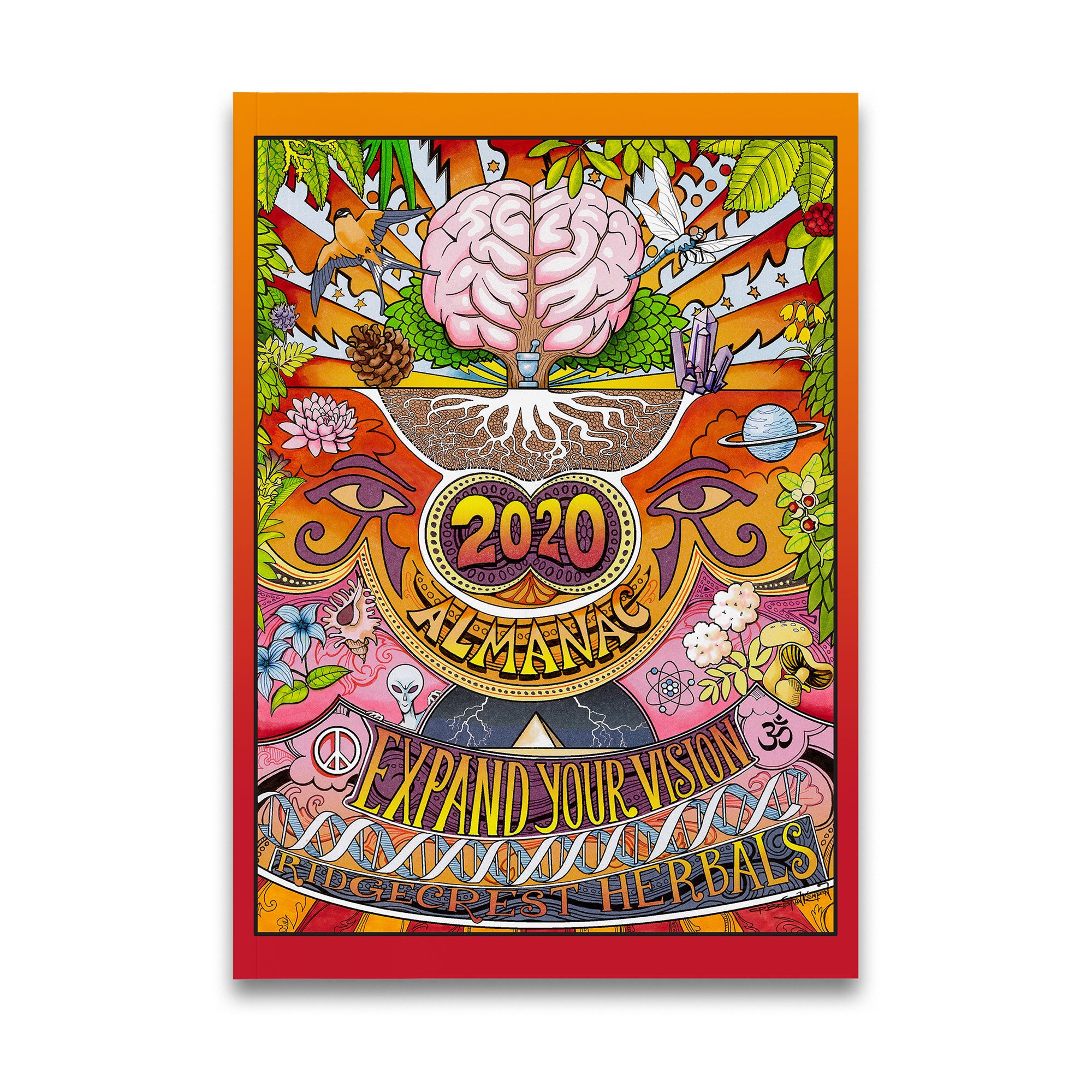
Leave a comment
All comments are moderated before being published.
This site is protected by hCaptcha and the hCaptcha Privacy Policy and Terms of Service apply.